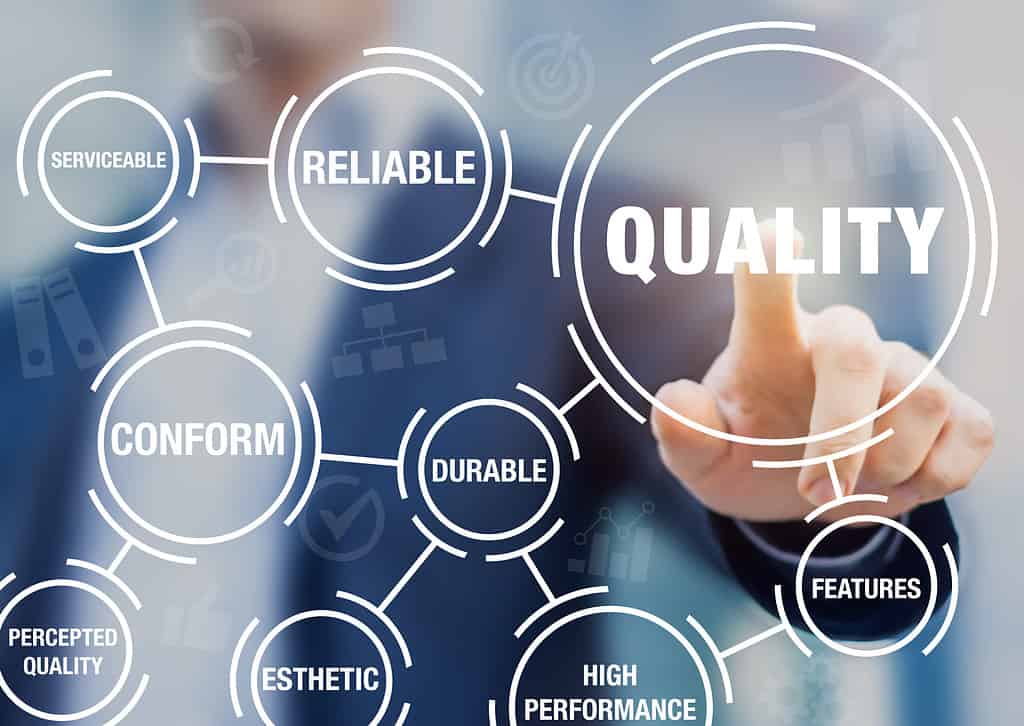Tag: Cpk

Process Capability – Surface Finish Example: Part 2
Updated:In Part 2 we look at failure rates and material conditions for a surface finish example.
Read more »
Process Capability – The Basics: Part 1
Updated:In Part 1, we explore the concept of process capability, including how to calculate it and what to do with non-normal data.
Read more »
Calculate Capability Indices with Only One Specification
Updated:Capability analysis is an essential tool for statistical process control (SPC) and process improvement, applicable to a variety of environments from hospitals and labs to assembly and manufacturing. The formula for calculating a Cpk index is easily found: USL, upper specification limit; LSL, lower specification limit. *Estimated sigma = average […]
Read more »
Competently Use Capability Analysis
Published:The capability of a process, statistically speaking, is the ability of that process – based on historical performance – to achieve measurable results that satisfy established specifications and statistical limits. In a nutshell, process capability indicates how well a process is able to perform its specified purpose. Why is process capability important? When the capability […]
Read more »
How to Explain and Understand Process Capability
Published:Have you tried to explain the concept of process capability to someone who then looks at you like you have two heads? Try using the following analogy to explain the subject more easily. Driving in a Construction Area Imagine you are driving on a highway that is undergoing construction. The width of your vehicle – […]
Read more »
Getting the Most out of a Capability Analysis
Published:The process capability indices Pp and Cp describe how closely a process can operate within its specification limits. Many articles describe the difference between Pp and Cp simply: one is short term, one is long term. Moving beyond such a description, this article focuses on the untapped power of capability analysis and shows you how […]
Read more »
Capability and Performance
Published:In my process engineering experience I have found a good number of people confused about the important process measure indices of capability and performance. The capability index is useful for measuring: Continual improvement using trends over time, or For prioritizing the order in which process will be improved, and For determining whether or not a […]
Read more »
Process Capability (Cp, Cpk) and Process Performance (Pp, Ppk) – What is the Difference?
Published:In the Six Sigma quality methodology, process performance is reported to the organization as a sigma level. The higher the sigma level, the better the process is performing. Another way to report process capability and process performance is through the statistical measurements of Cp, Cpk, Pp, and Ppk. This article will present definitions, interpretations and […]
Read more »
How to Avoid Common Mistakes When Measuring Performance
Published:In manufacturing, key quality indices – performance capability index (Cpk), defects per million opportunities (DPMO) and first pass yield (FPY) – are prevalent criteria for gauging the performance of products and processes. These indices however, often are interpreted wrongly and used without taking into account the conditions of application. Moreover, alternative indices such as rolled […]
Read more »
Cp, Cpk, Pp and Ppk: Know How and When to Use Them
Published:For many years industries have used Cp, Cpk, Pp and Ppk as statistical measures of process quality capability. Some segments in manufacturing have specified minimal requirements for these parameters, even for some of their key documents, such as advanced product quality planning and ISO/TS-16949. Six Sigma, however, suggests a different evaluation of process capability by […]
Read more »